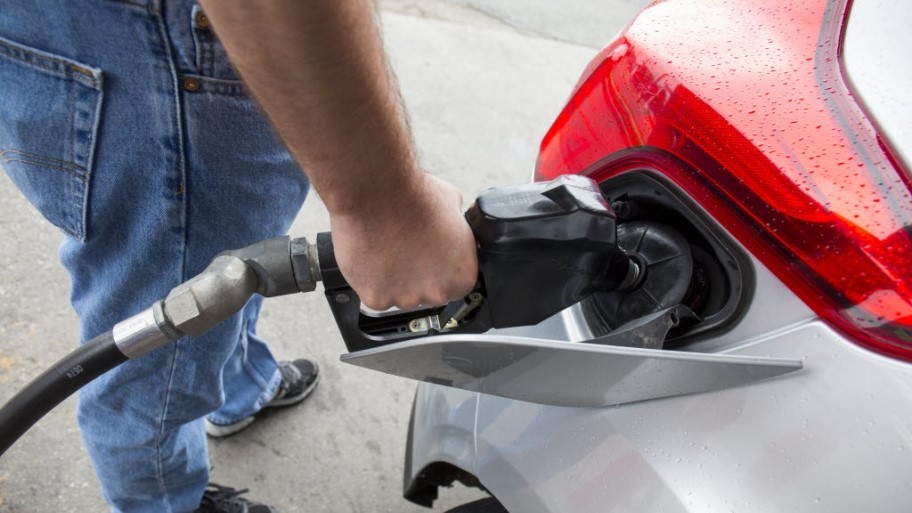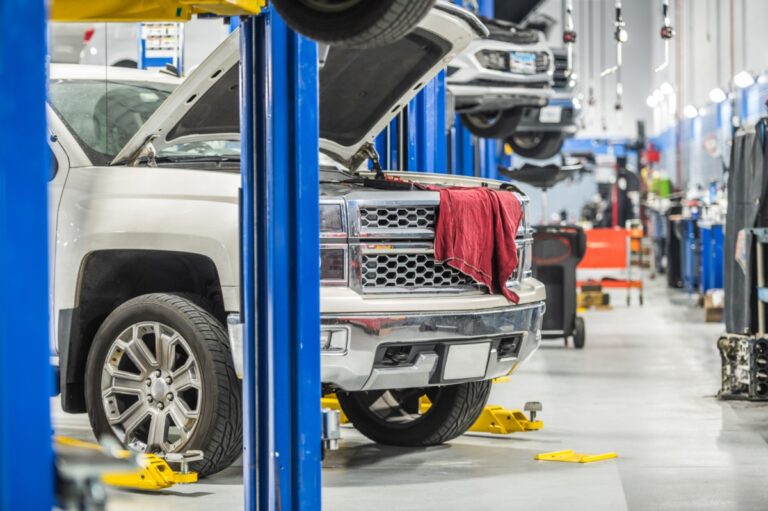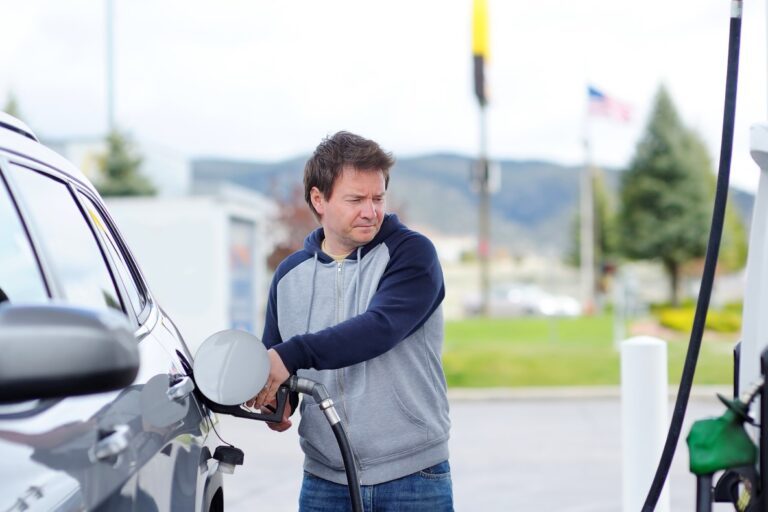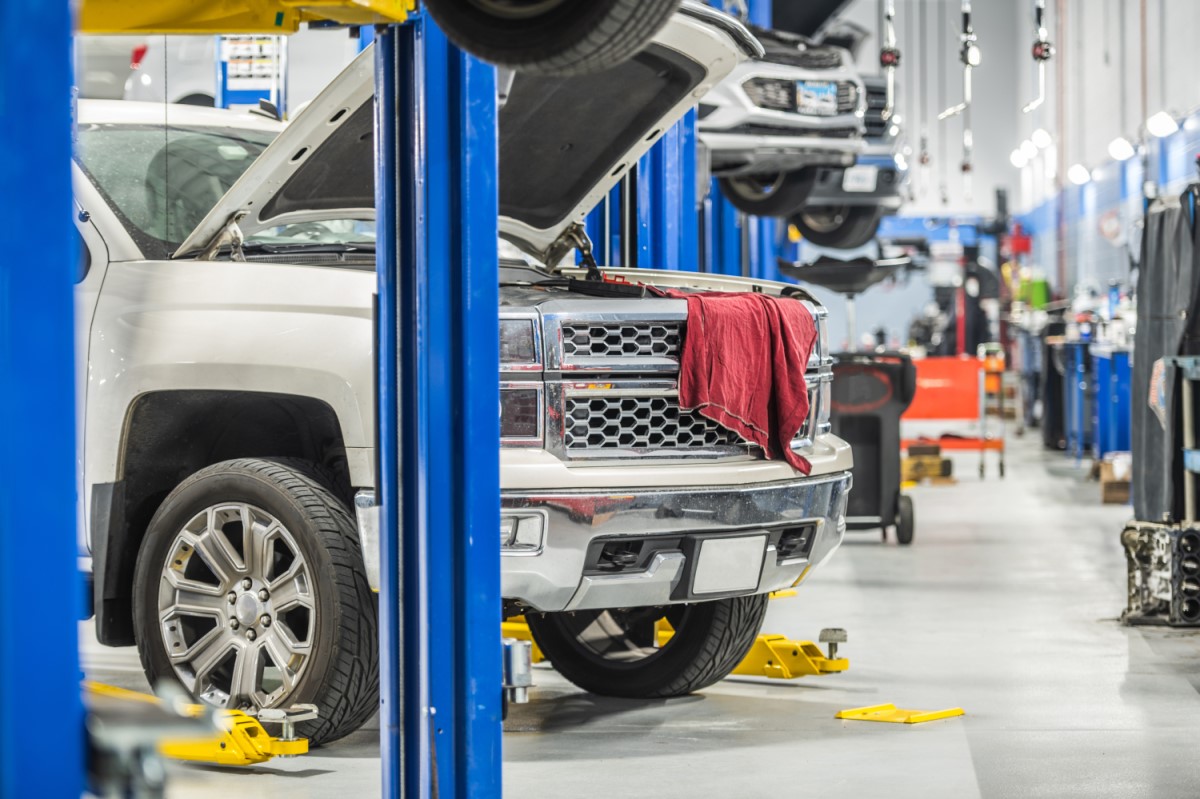Ease the pain at the pump with these tips from the Car Husband for better fuel economy.
Surely, every driver has complained about the price of gas at one time or another.
Unfortunately, we can’t control the price of gasoline, but we can relieve some of the pain at the pump by increasing our vehicles’ fuel efficiency through routine preventative maintenance and enhanced driving habits.
Fuel efficiency is not only good for our pocketbook, it’s good for the environment.
There are many ways that we can save on gas; by driving slower, using cruise control when possible, and turning off the car while in stopped traffic (most late model vehicles are already equipped with this feature) and making sure that our vehicles are well maintained.
Improved fuel economy through preventative maintenance
One of the best ways to increase your car’s fuel efficiency is through regular preventative Vehicle maintenance. Repairing an out-of-tune vehicle or one that has failed an emissions test can improve fuel economy by an average of 4 percent. Fixing a more serious problem, like a faulty oxygen sensor, can boost gas mileage by up to 40 percent, according to the U.S. Department of Energy.
Regular fuel injection service – indicated by your vehicle owner’s manual – is one of the most critical steps you can take to enhance fuel economy. Chevron Techron is an excellent inexpensive additive. This should be done once a year or about every 15,000 miles. Replacing your car’s fuel filter (if equipped) on a routine basis can also provide better gas mileage.
Tires also play a critical role in how well vehicles conserve gasoline. The Car Husband says properly inflated tires; regular tire rotations, and wheel alignments can increase mileage by up to 7 percent!
The federal government indicates keeping tires at the correct inflation level can improve mileage by up to 3.3 percent, while under-inflated tires can lower gas mileage by 0.3 percent for every 1 psi drop in the pressure of all four tires. Under inflation can cause un-even tire wear and shorten the tire life expectancy.
Another important maintenance step is replacing the engine air filter regularly. Replacing air filters about every 15,000 to 30,000 miles can increase mileage by up to 6 percent. The dustier the environment the more often the air filter should be changed.
It is the combustion of air and fuel that energizes the engine. “Air filter replacement or at least cleaning it on a regular basis will keep the dirt and residue from entering the engine compartment.”
Other maintenance items to think about are regular oil changes, addressing issues related to a “Check engine” light and using the recommend fuel grade.
How – and what – you drive also greatly affects gas mileage.
Driving around in a large truck or SUV will lessen fuel economy. If conserving fuel is one of your top goals in car buying, consider a smaller, more efficient vehicle, or a hybrid or electric car.
Drivers will spend an estimated $510 more a year driving around in a vehicle that gets 20 miles per gallon compared to 30 mpg, assuming gas prices are around $4 a gallon and each driver drives about 15,000 miles.
Safer driving will also lead to better fuel economy.
According the department of energy, aggressive driving behaviors – such as braking, rapid acceleration and speeding – can lower fuel economy by 33 percent on the highway and 5 percent in the city.
A lot of stopping and going or gunning it at the light is also not going to help, what’s going to help is you easing into the brake when you’re slowing down, and ease into acceleration. Don’t drive like you stole the vehicle.
Driving the posted speed limit can also lead to better fuel savings, as does limiting your vehicles idling time.









